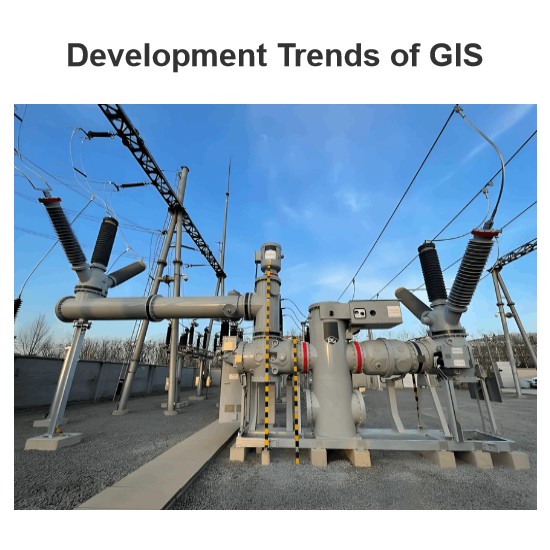To de-energize a GIS, shall the isolator switch be opened first followed by the opening of the circuit breaker?
The sequence of operations in disconnecting Gas Insulated Switchgear (GIS) is critical to ensure safety and prevent damage to the equipment. Generally, the correct order when disconnecting the power supply in a GIS involves first opening the circuit breaker and then operating the disconnector (also known as an isolator). Here is a detailed explanation:
Correct Operational Sequence
Open the Circuit Breaker
The circuit breaker is the primary device used to interrupt the load current. Before disconnecting the power supply, the circuit breaker must be opened first to ensure that the current stops flowing completely.
The circuit breaker is designed to interrupt the circuit under load conditions without producing an arc, thereby protecting personnel and equipment.
Open the Disconnector
After the circuit breaker has interrupted the current, the disconnector should be operated. Disconnectors generally do not have arc-quenching capabilities and should only be operated when there is no current flowing.
The purpose of the disconnector is to provide a visible break point during maintenance or inspection to ensure that downstream equipment cannot be energized unexpectedly.
Importance of the Sequence
Safety Considerations: Opening the disconnector before the circuit breaker could result in an arc forming at the disconnection point, causing damage to the equipment or posing a danger to the operator.
Equipment Protection: The circuit breaker is designed to interrupt the current under load conditions, whereas the disconnector lacks this capability. Therefore, opening the circuit breaker first protects the disconnector from damage.
Operational Guidelines
When operating GIS equipment, always follow the manufacturer's instructions provided in the operational manual and adhere to relevant electrical safety procedures. Additionally, operators should receive proper training and wear appropriate Personal Protective Equipment (PPE) to ensure personal safety during operations.
Other Considerations
Earthing Switch: In certain situations, it may be necessary to operate the earthing switch to ensure that the circuit is grounded and prevent the presence of residual charge.
Testing: Before and after operating the disconnector, voltage detectors should be used to test for the presence of voltage to ensure safety.
Coordinated Operations: If multiple circuit breakers or disconnectors are involved, operations should be coordinated according to a specific sequence to prevent accidental misoperation.
In summary, the correct sequence is to open the circuit breaker first, followed by the disconnector. This ensures operational safety and protects the GIS equipment from damage.
If you have any further questions or need more information, please let me know!
The Electricity Encyclopedia is dedicated to accelerating the dissemination and application of electricity knowledge and adding impetus to the development and innovation of the electricity industry.













